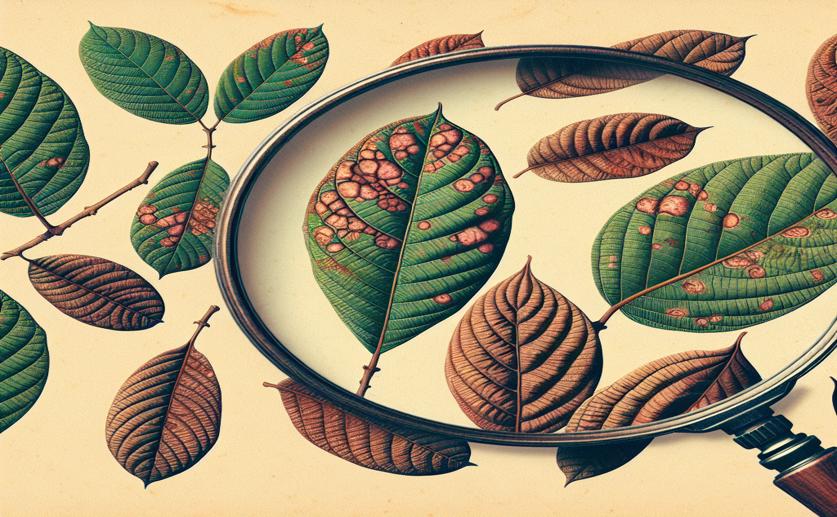
Guides Improve Accuracy in Judging Pecan Leaf Disease Severity
Phil Stevens
27th January, 2024

Image Source: Natural Science News, 2024
AgricultureBiotechPlant Science
References
Main Study
1) Standard area diagrams for pecan leaf scab: Effect of rater experience and location, and leaf size on reliability and accuracy of visual estimates.
Published 26th January, 2024
https://doi.org/10.1094/PDIS-09-23-1947-RE



 21st January, 2024 | David Palenski
21st January, 2024 | David Palenski